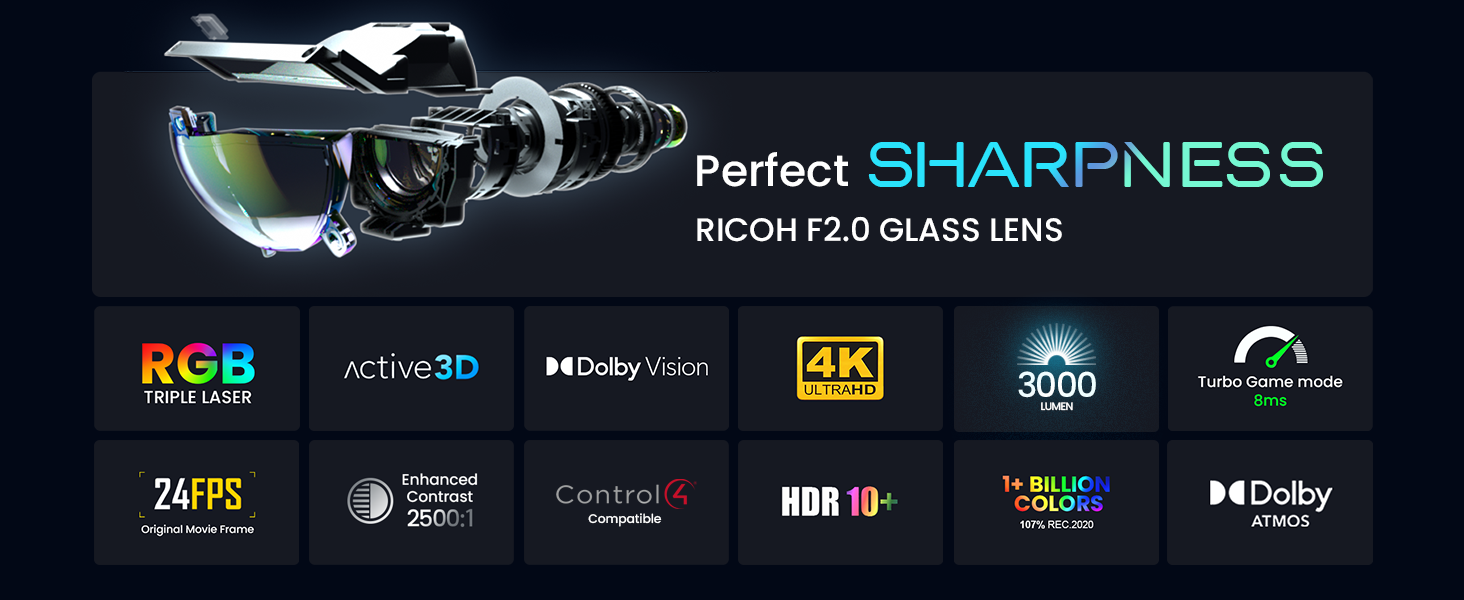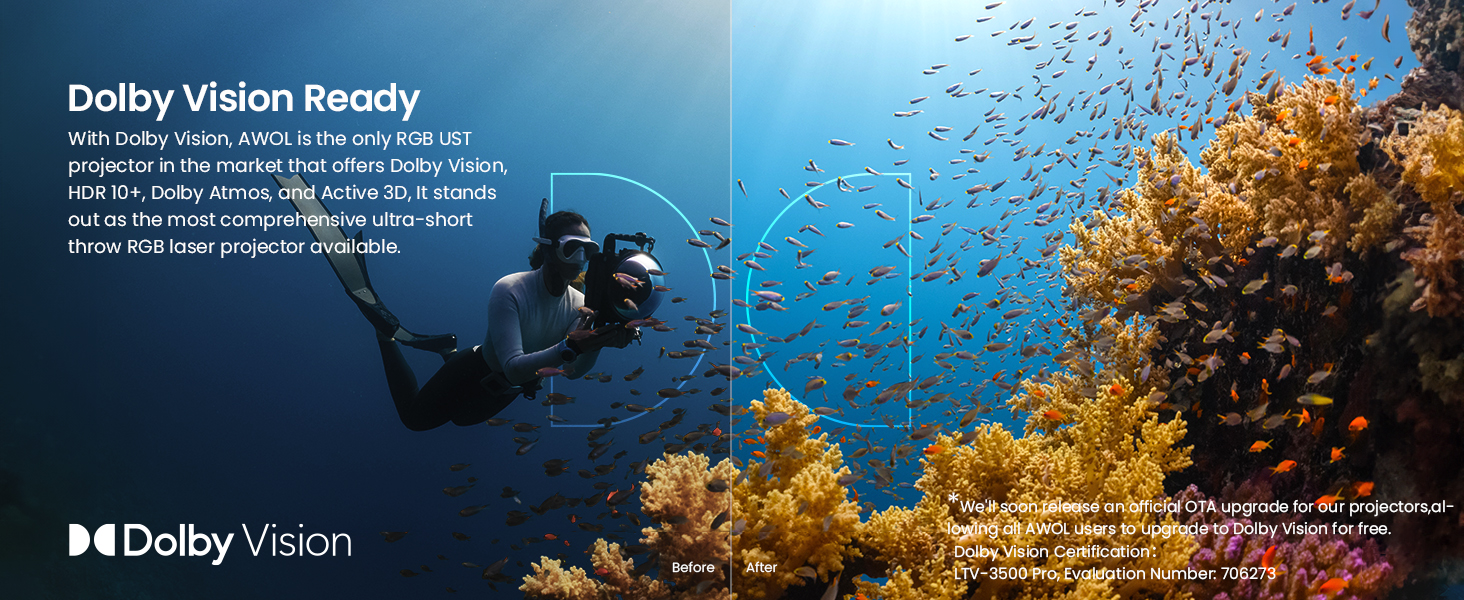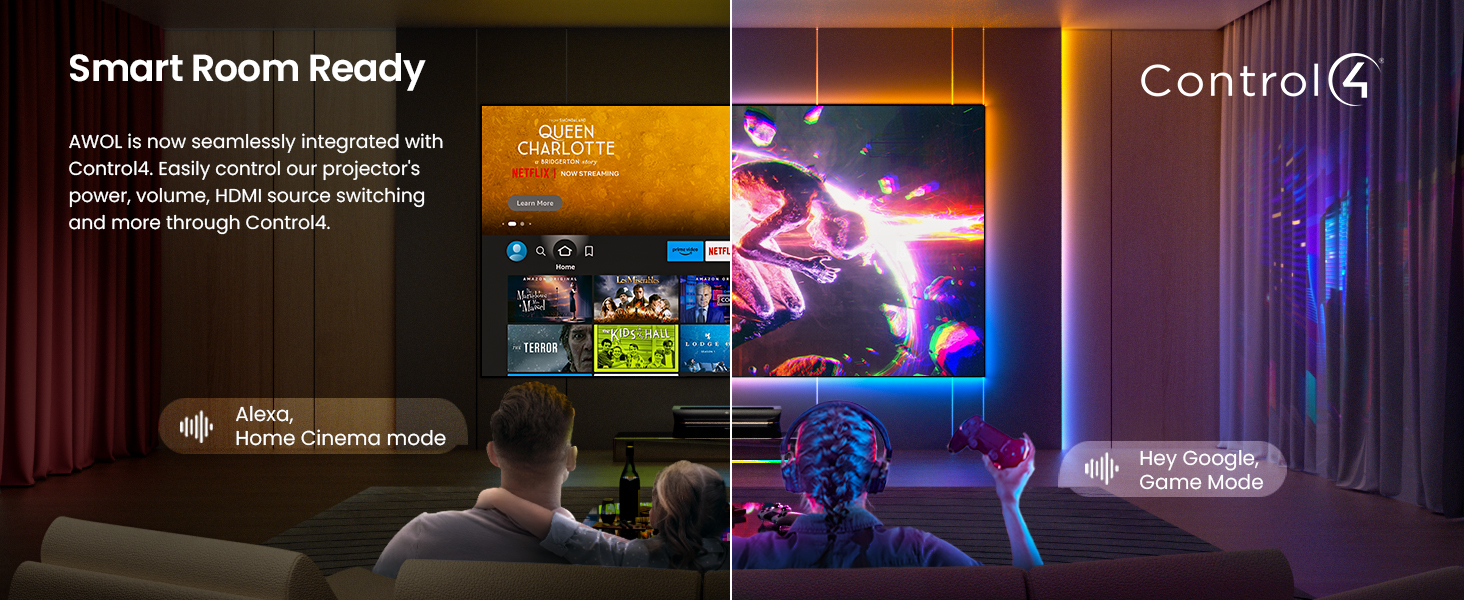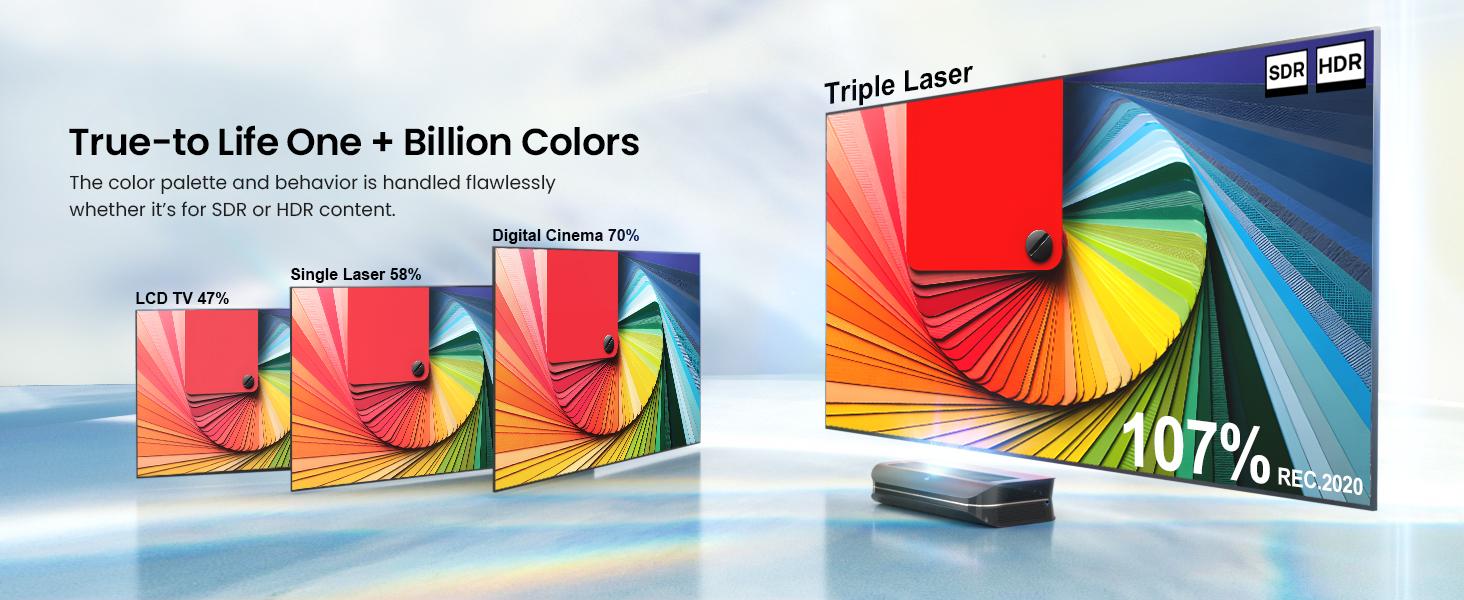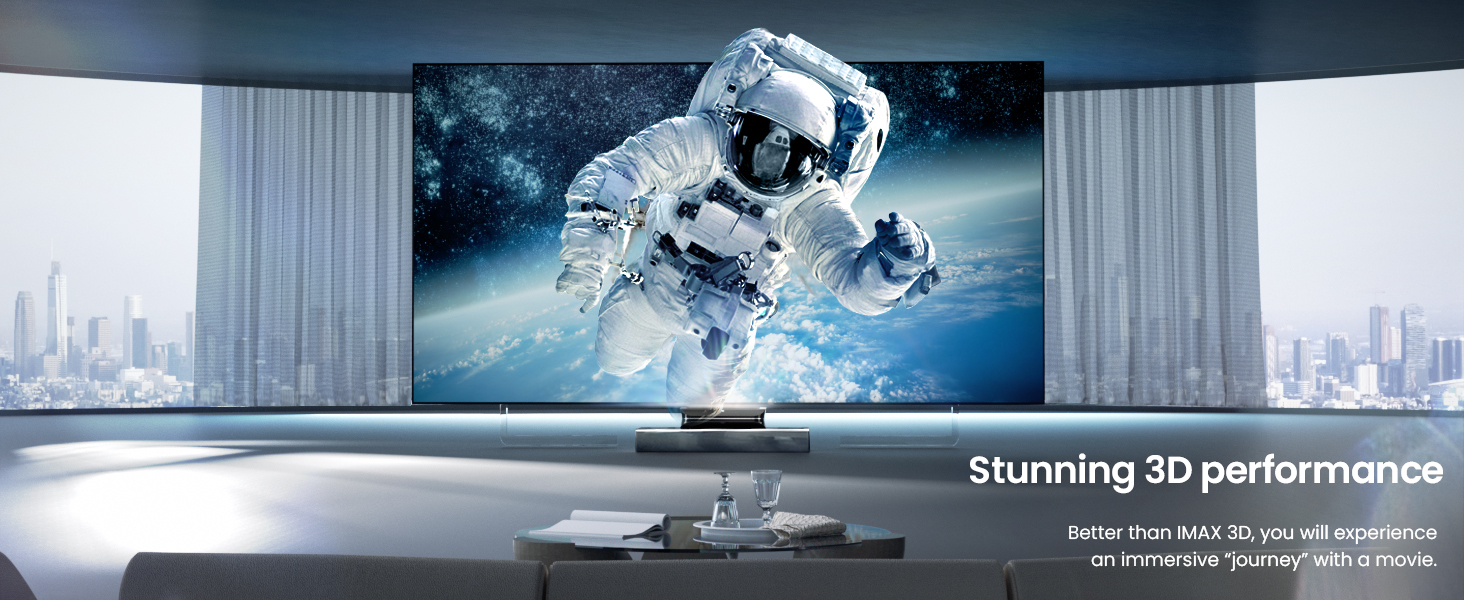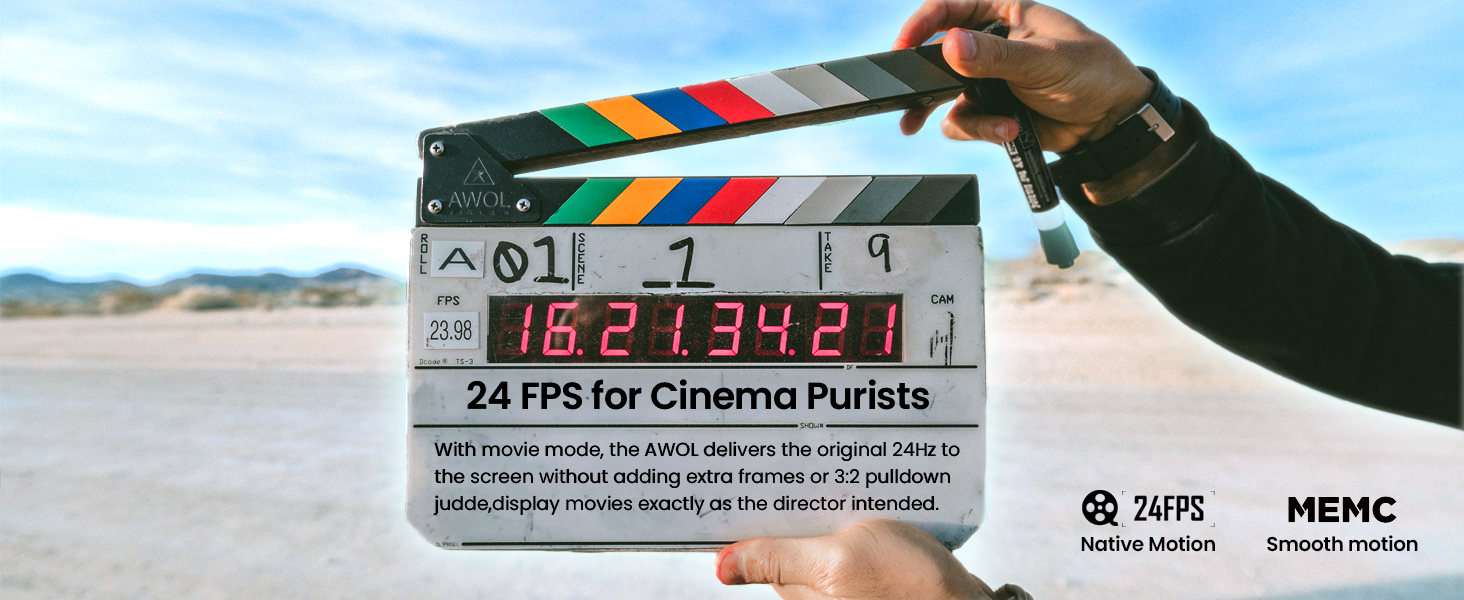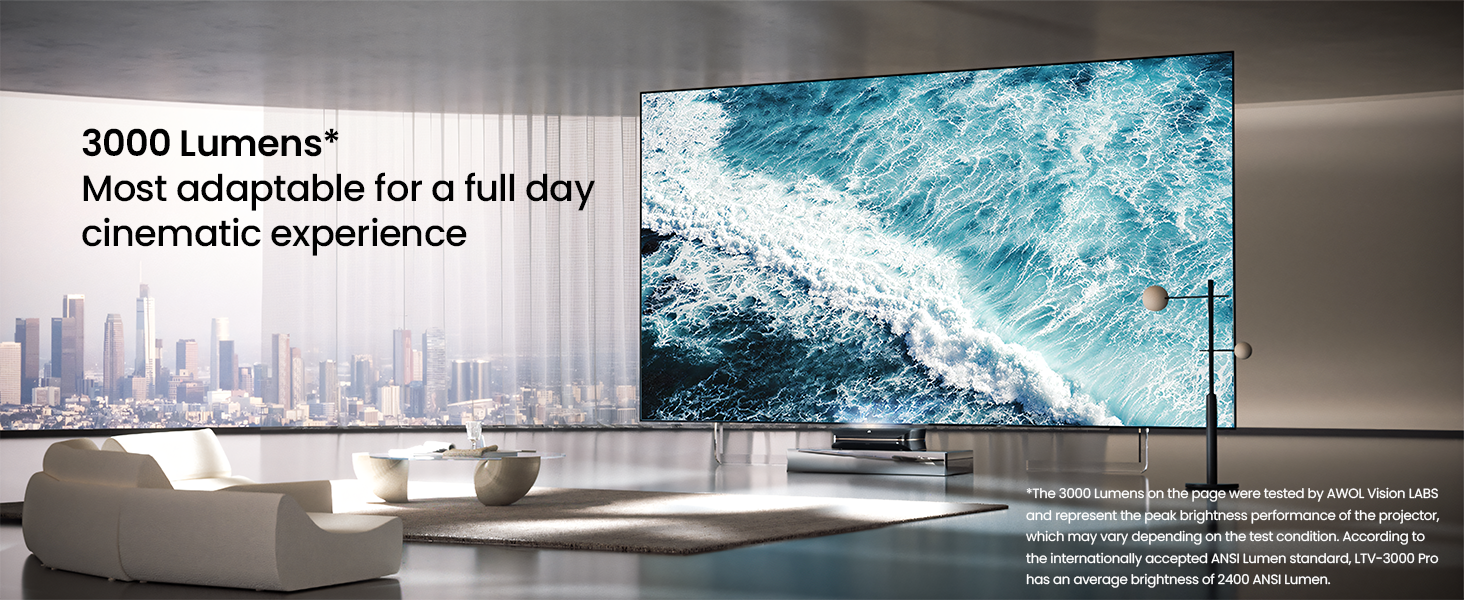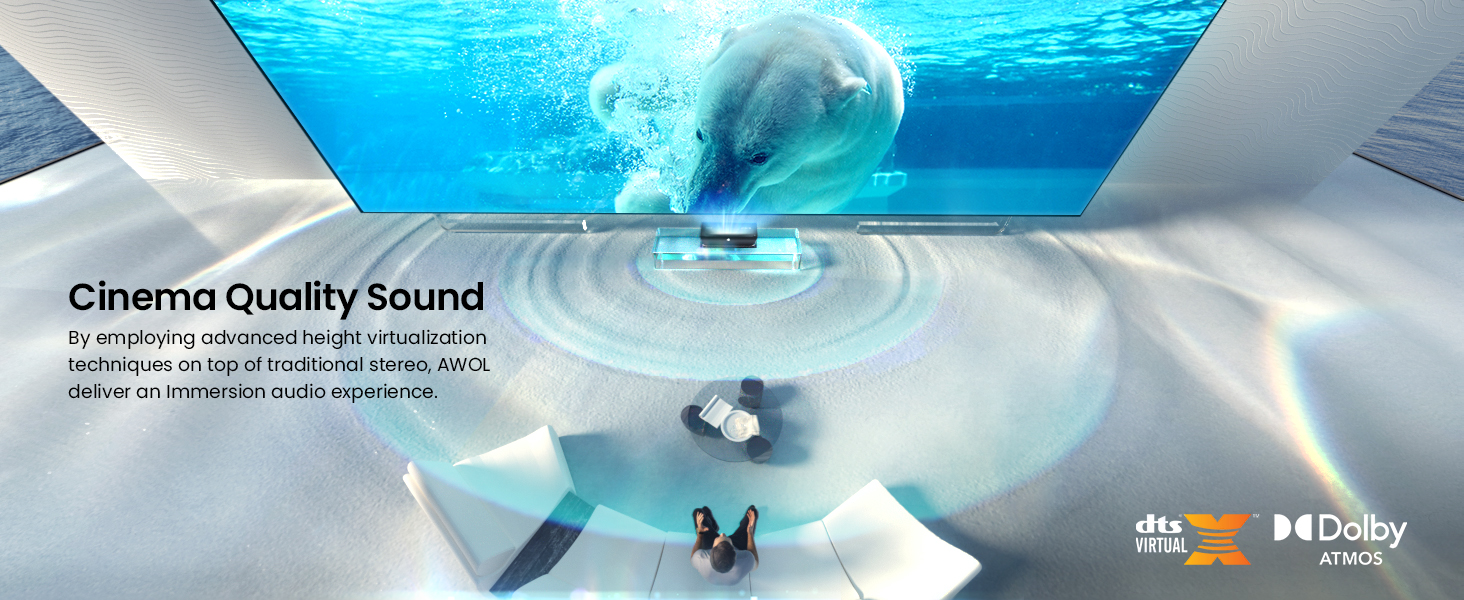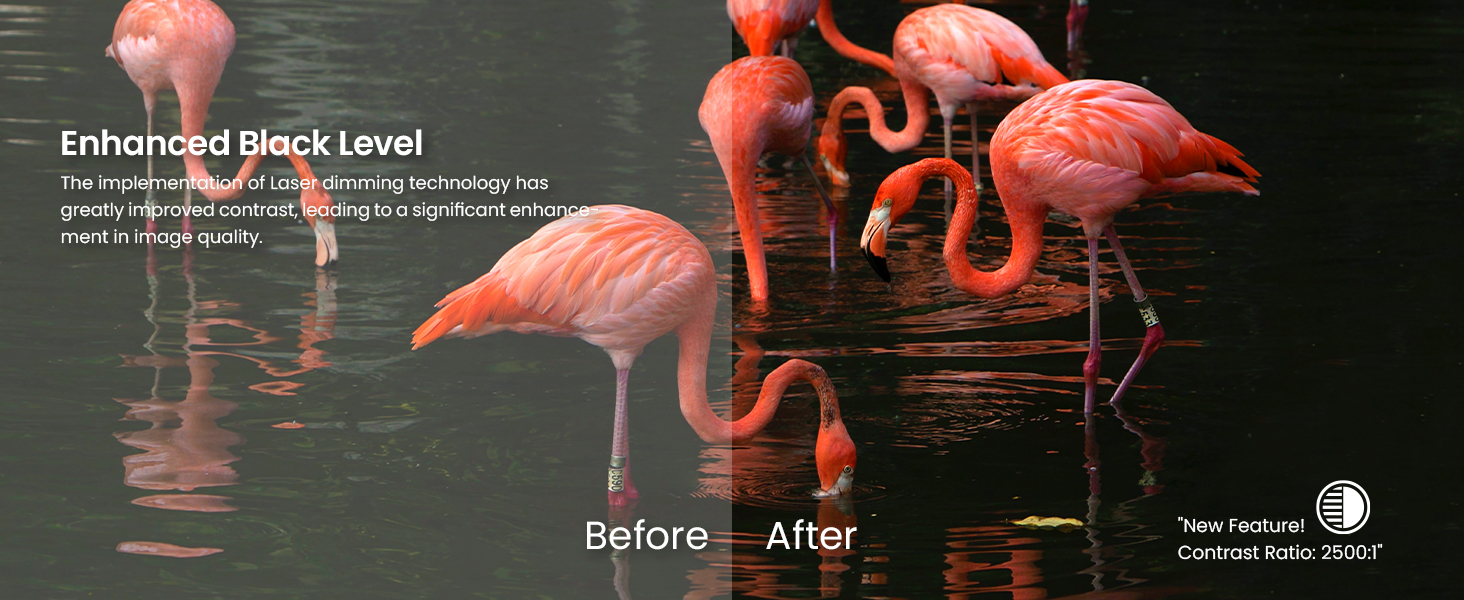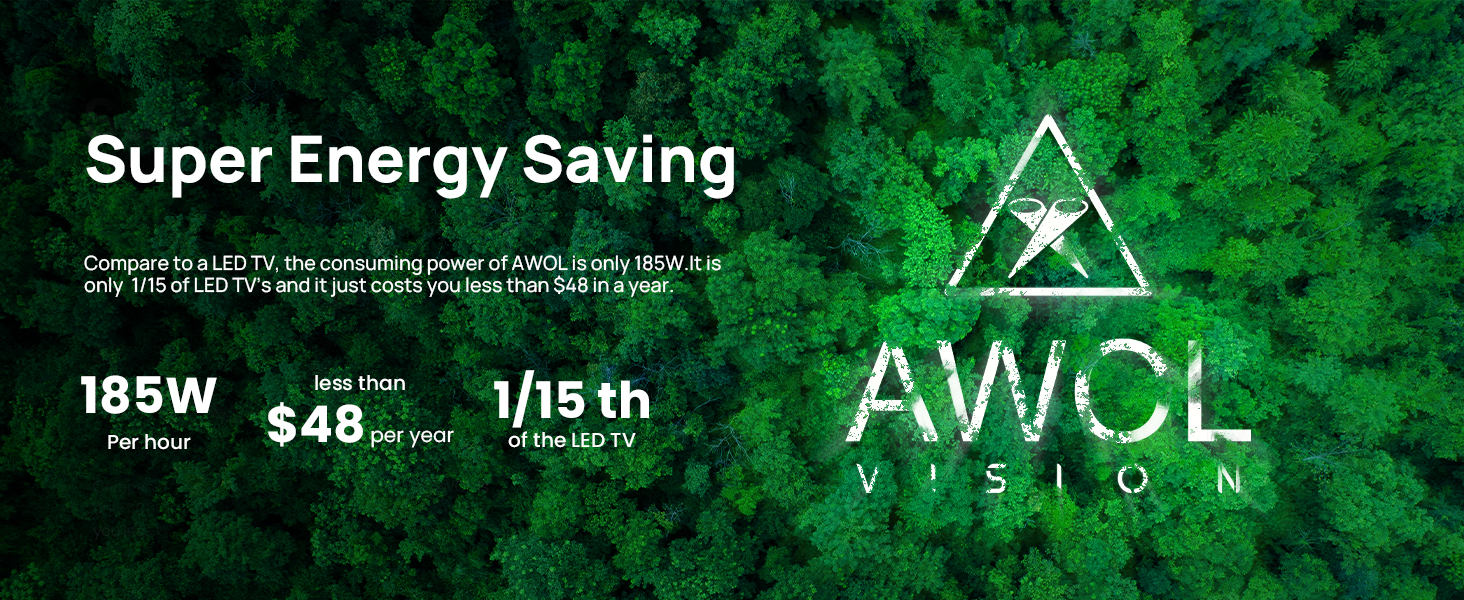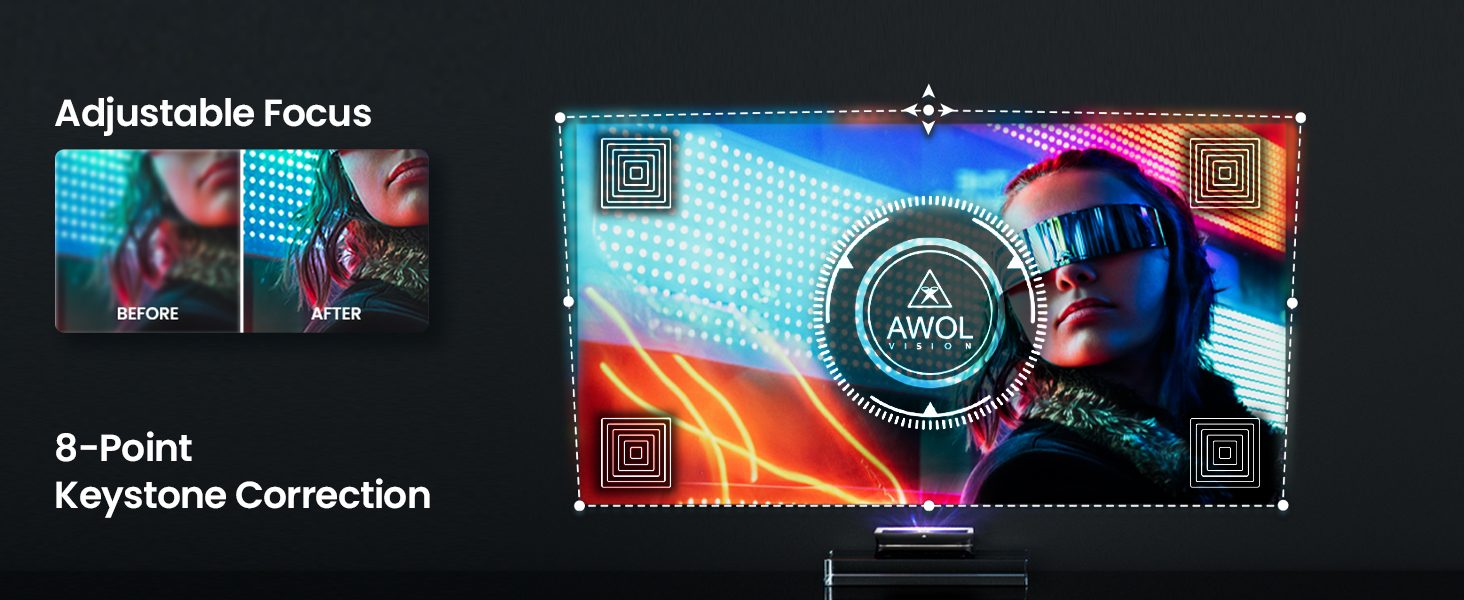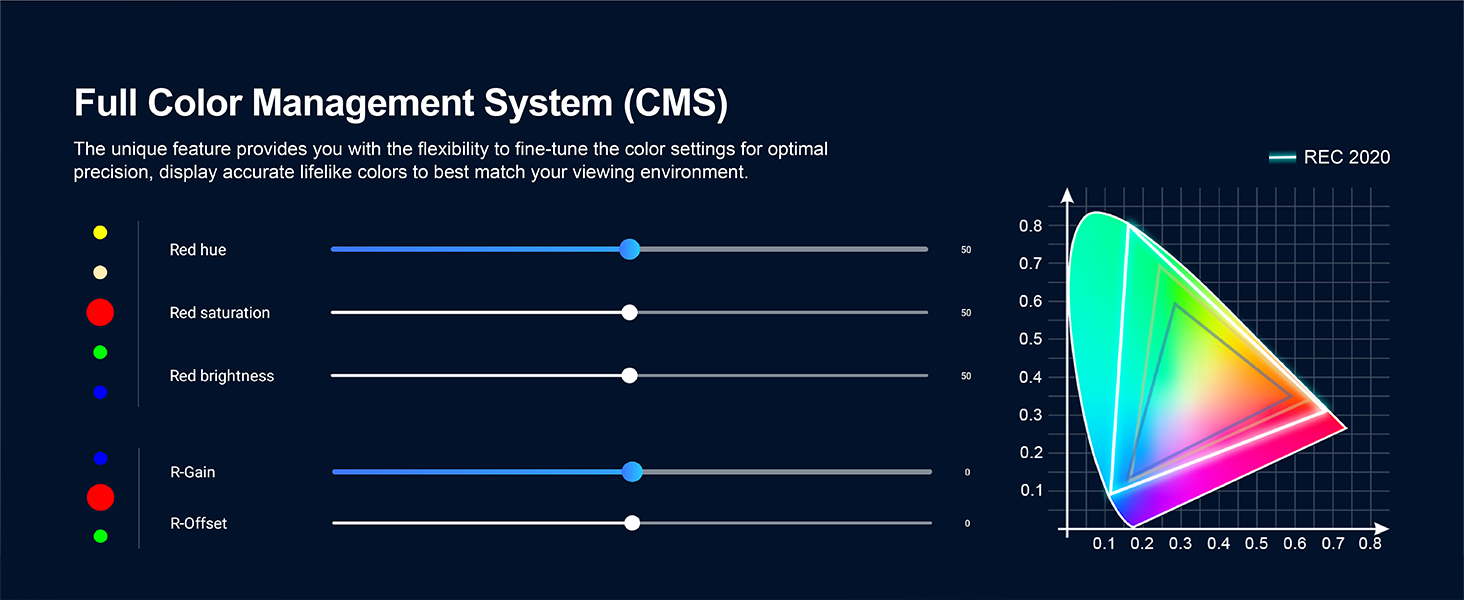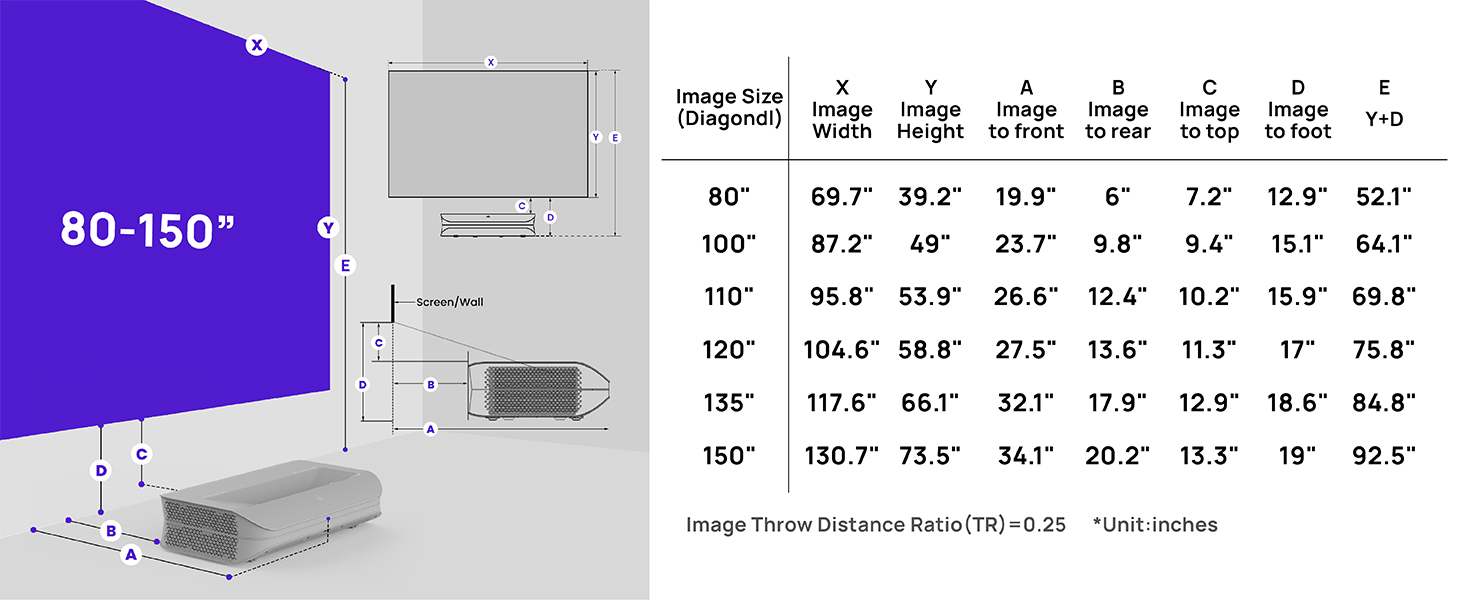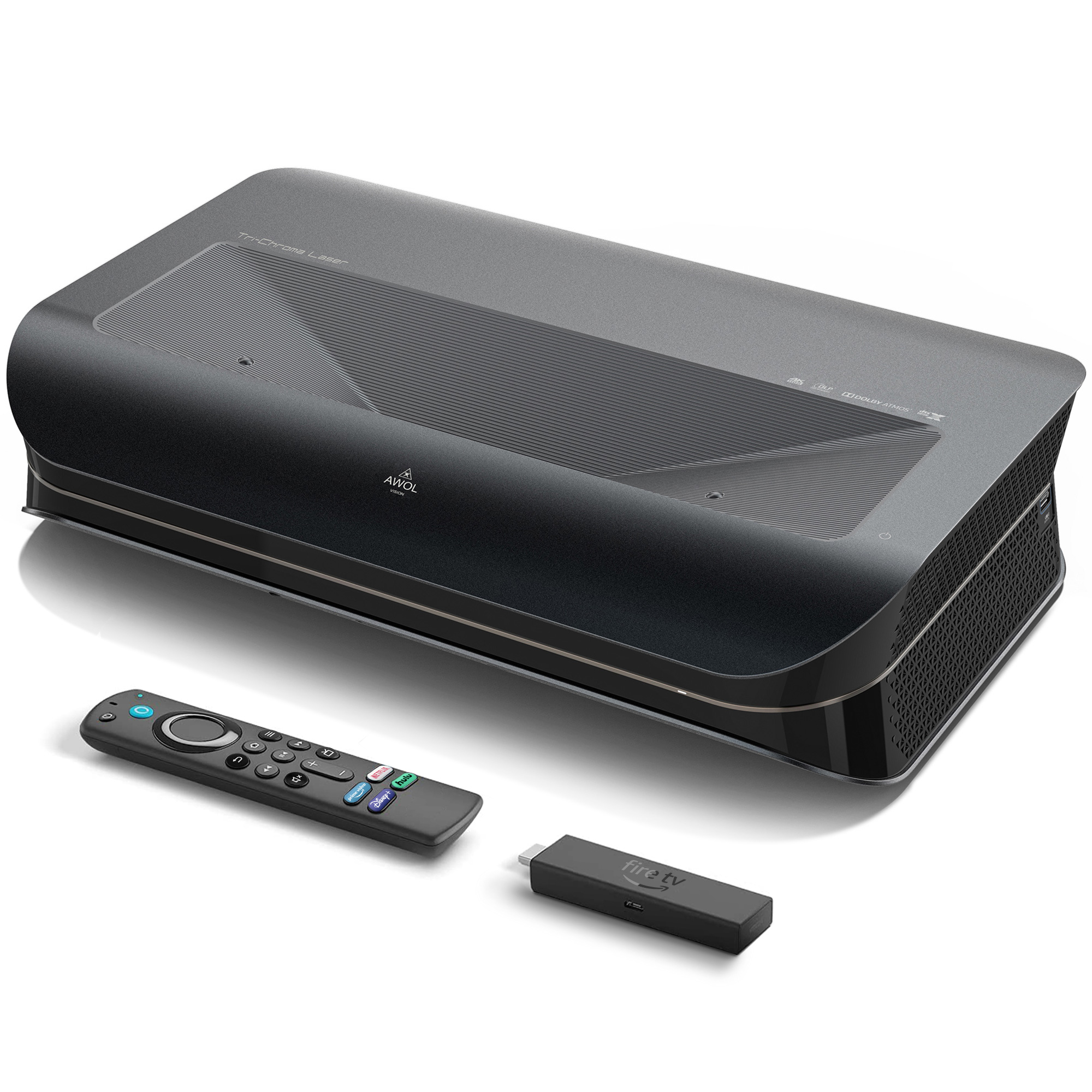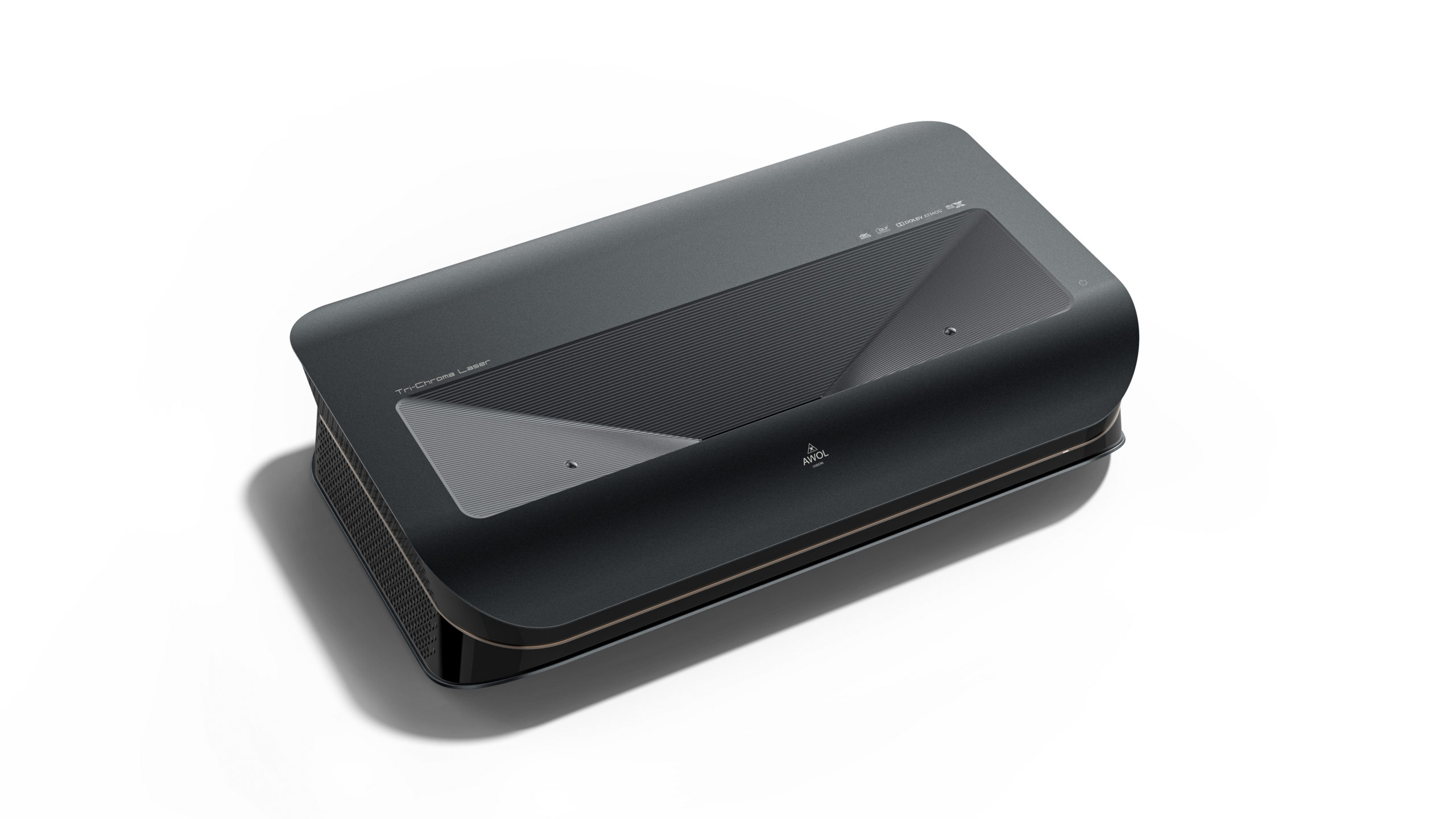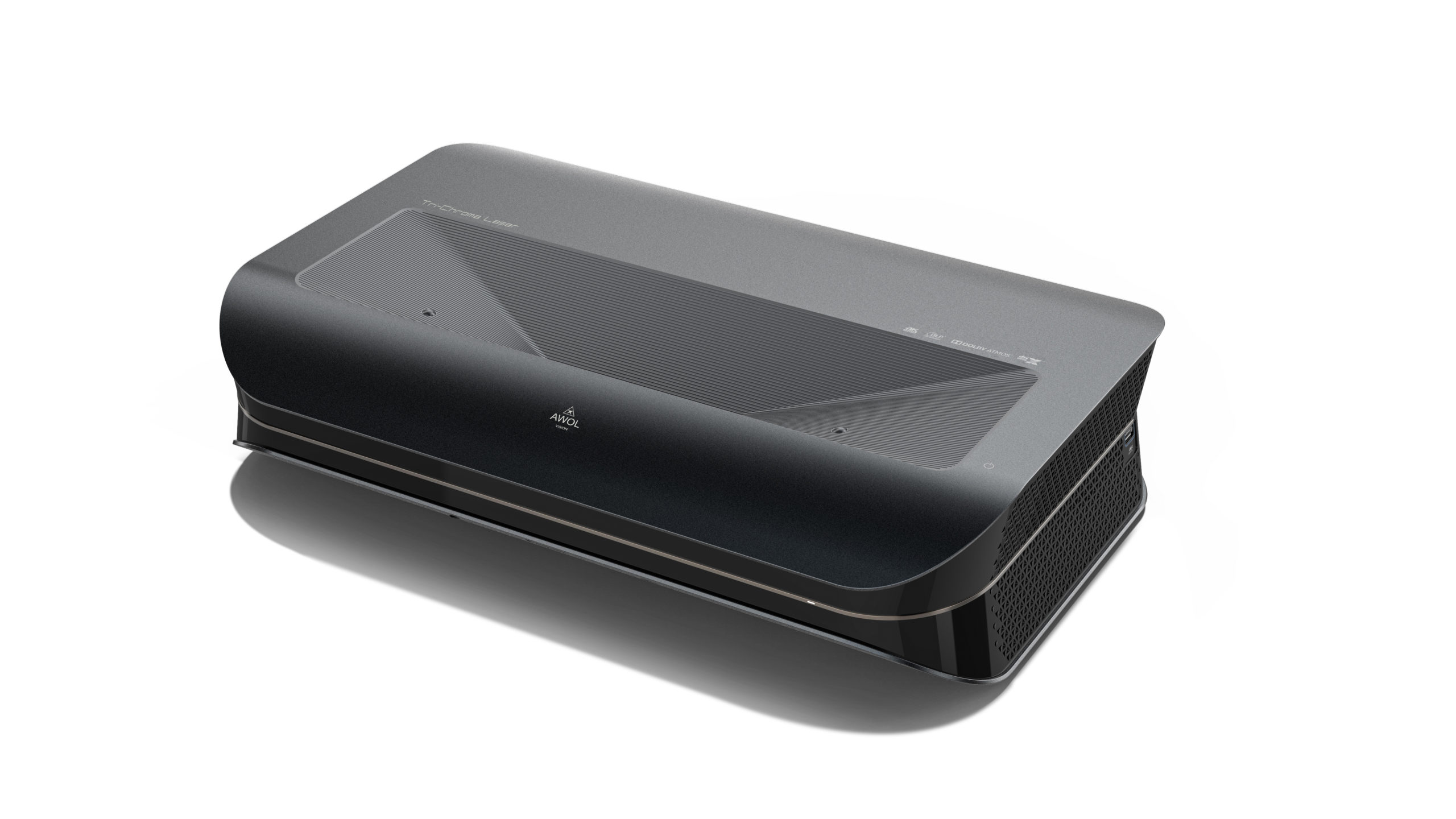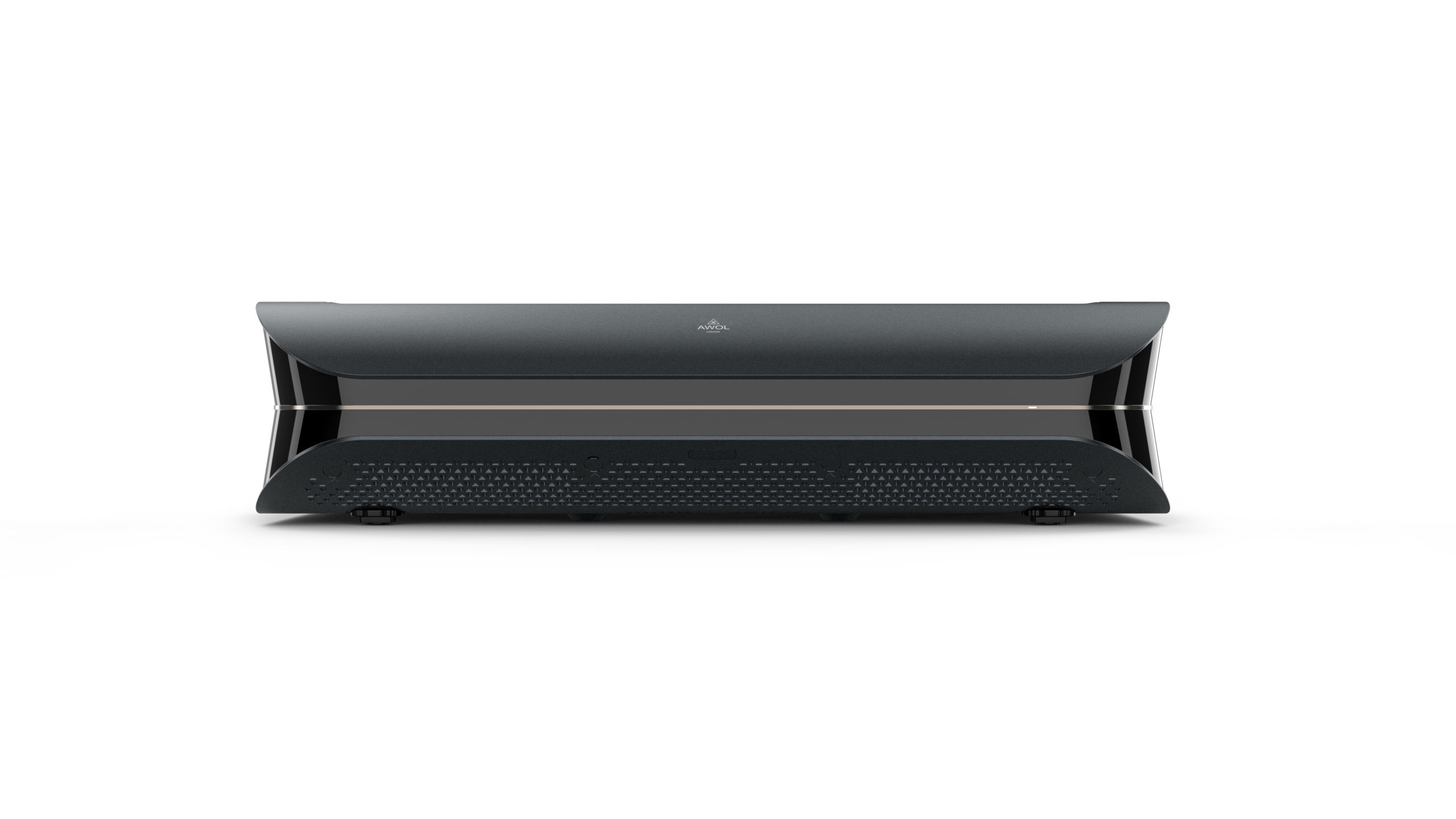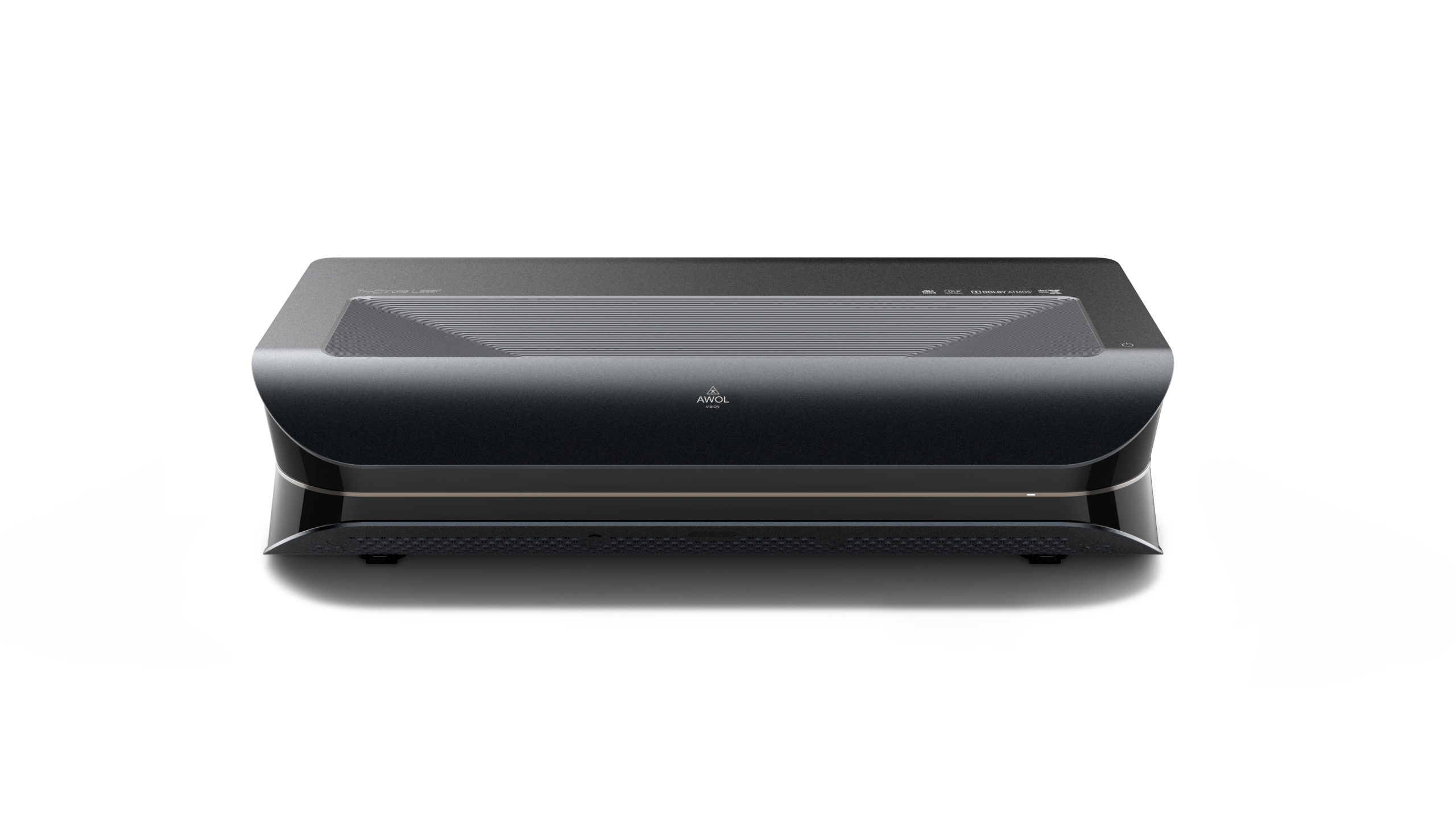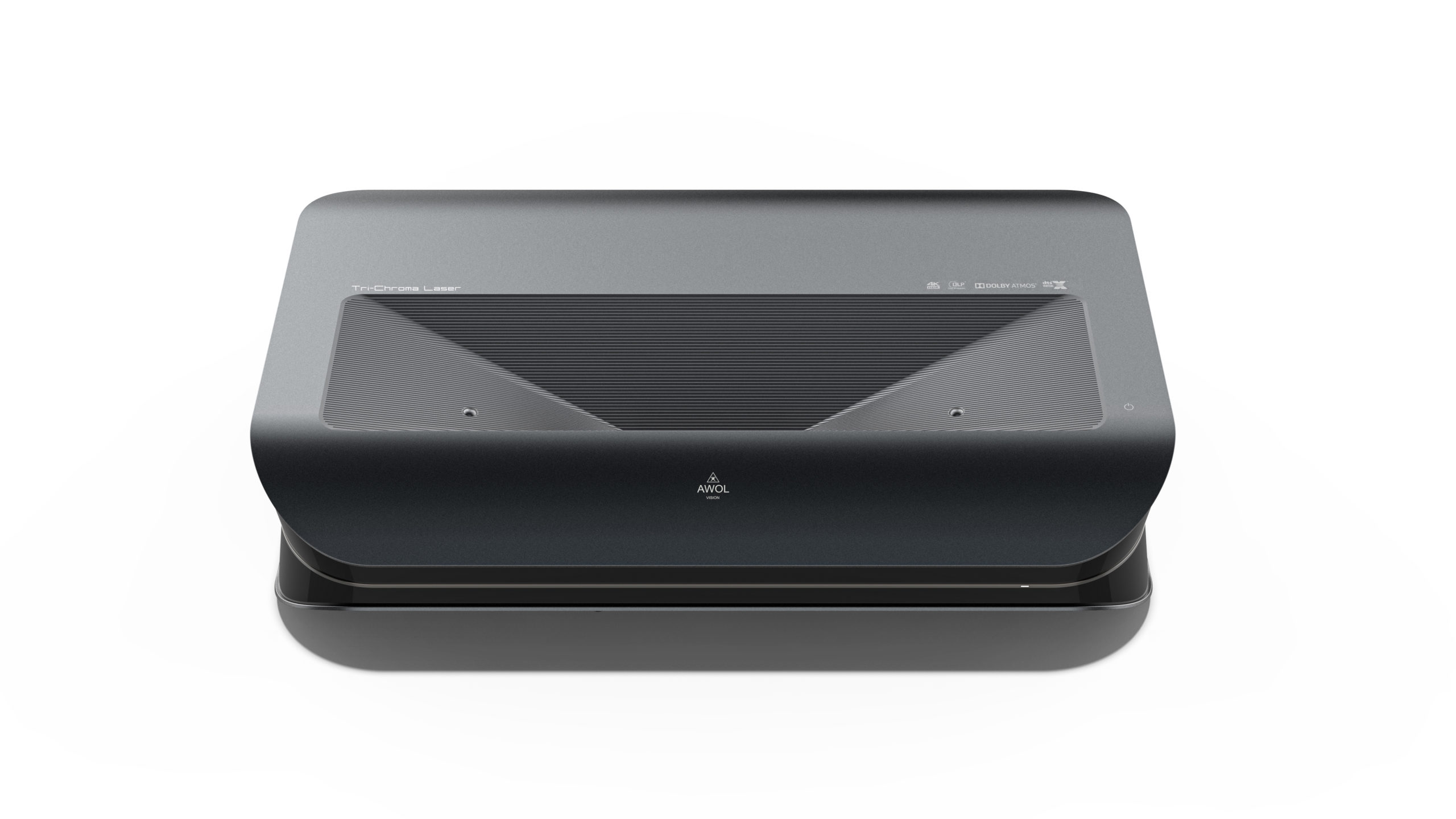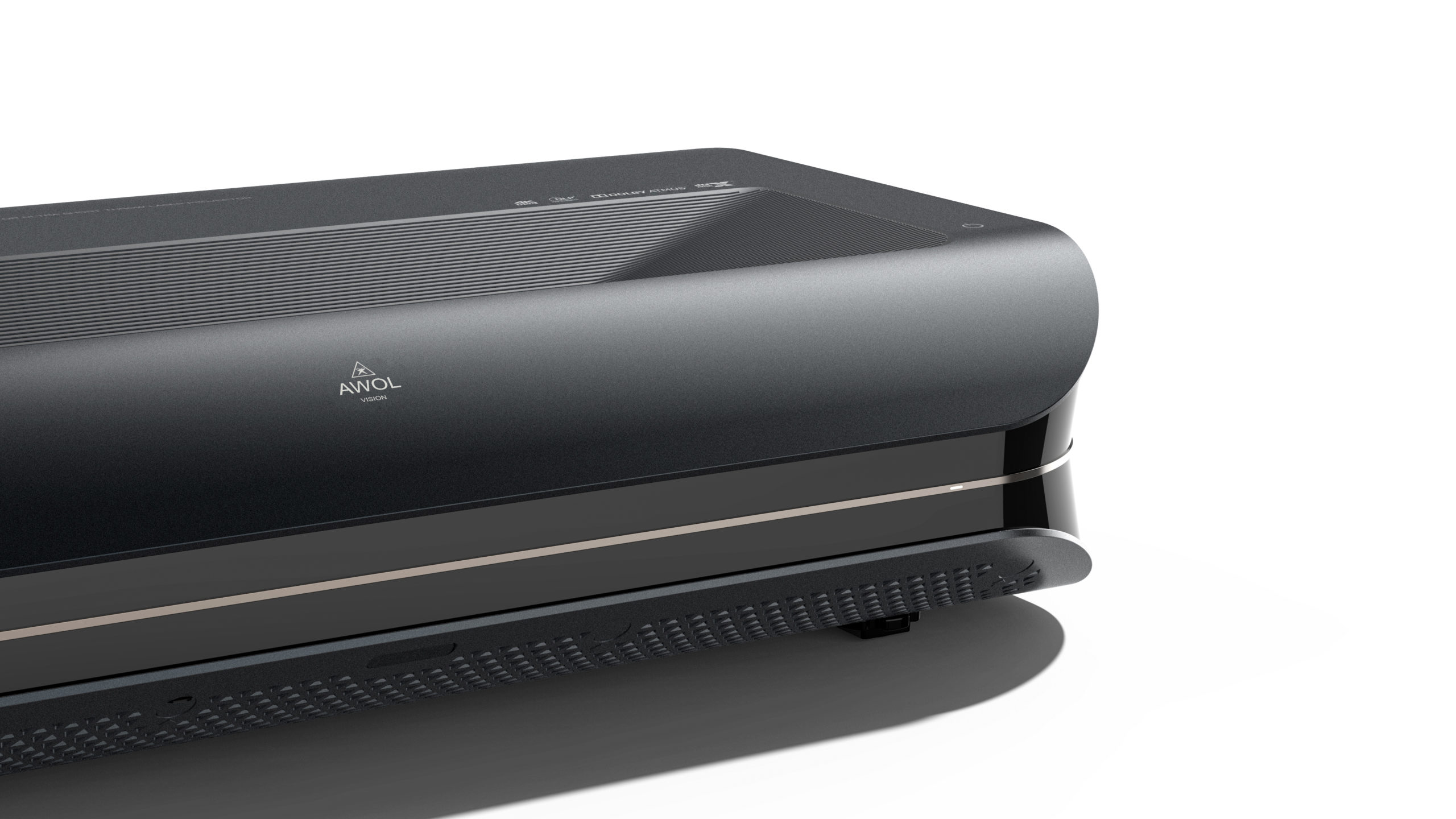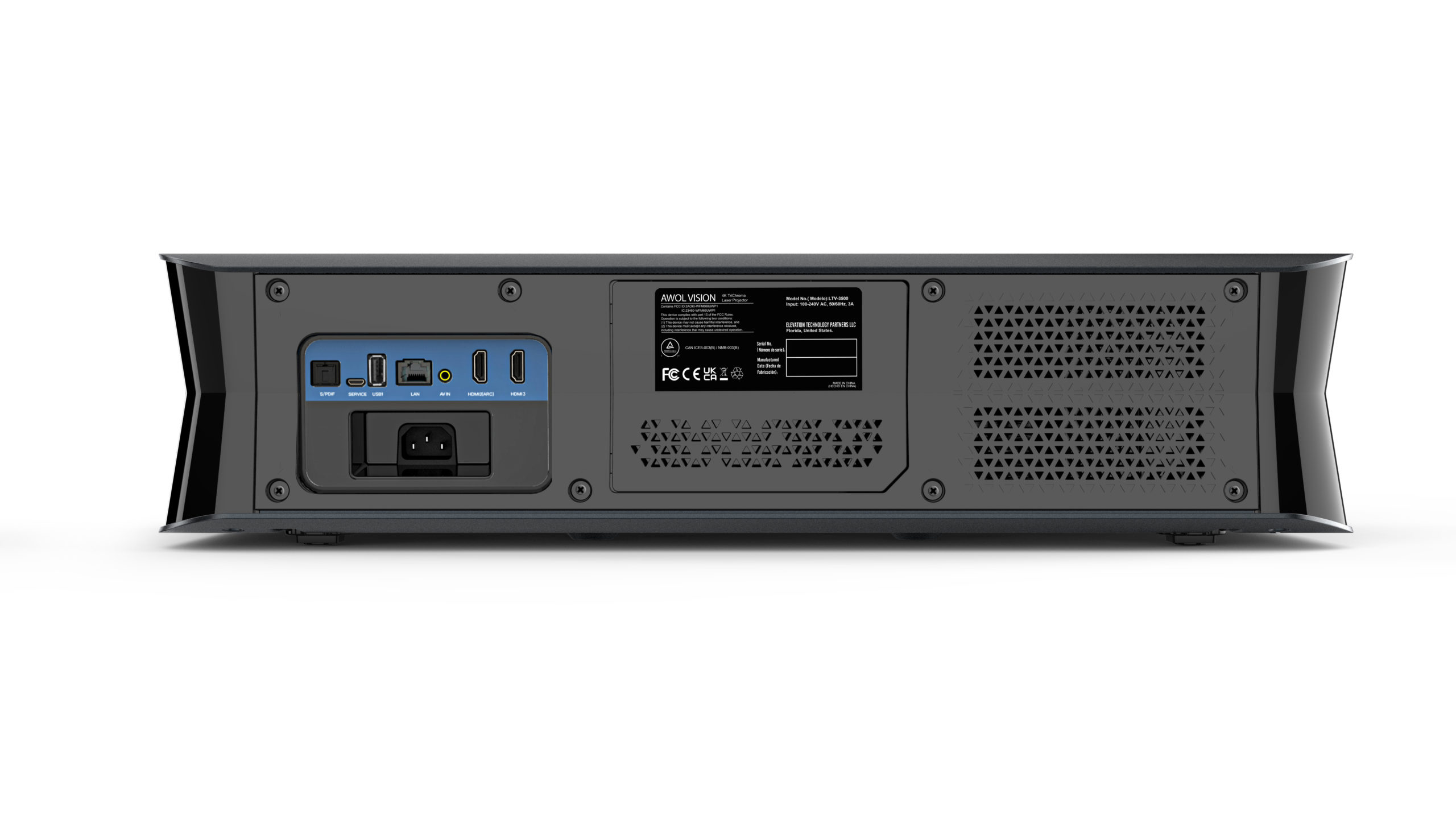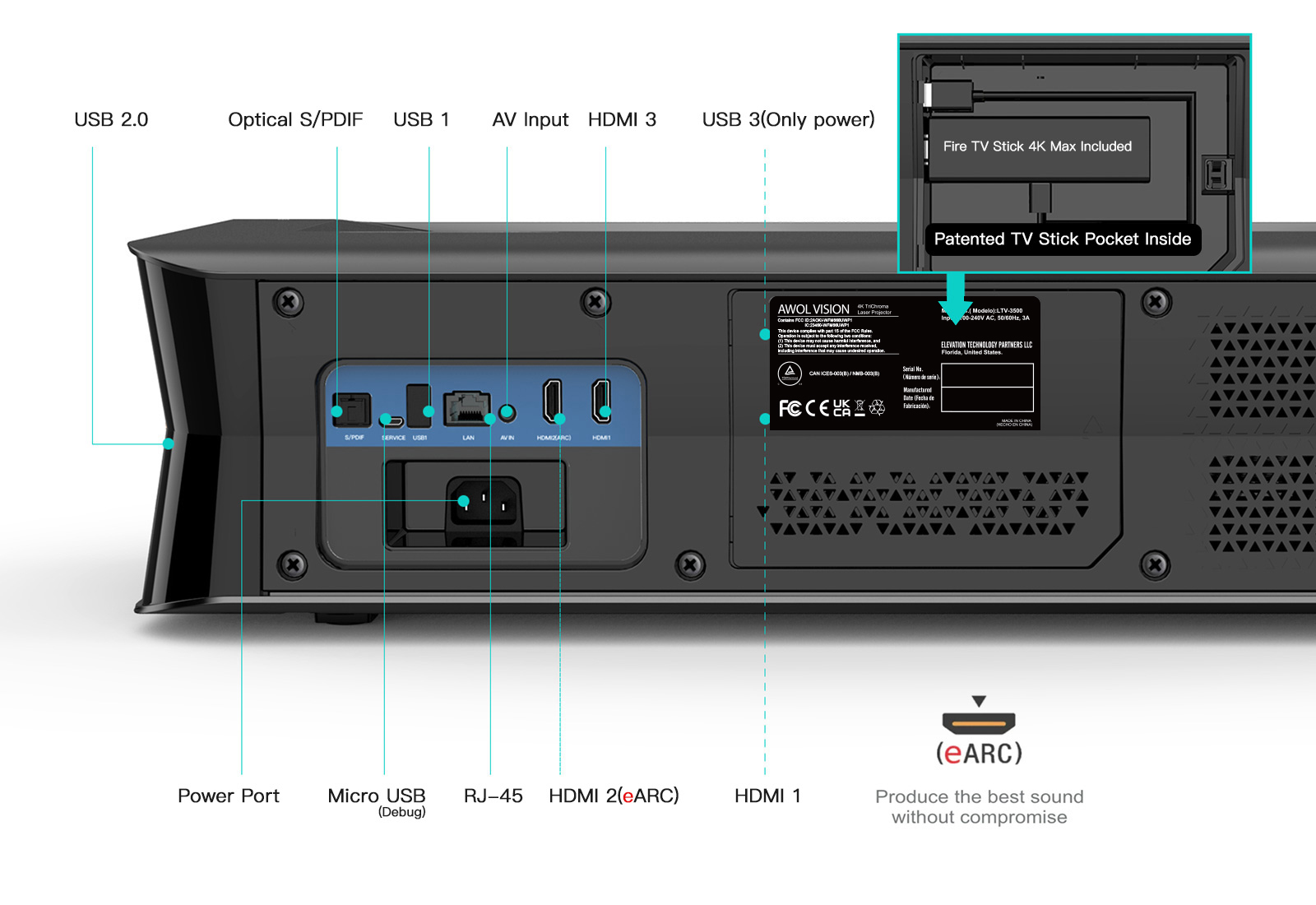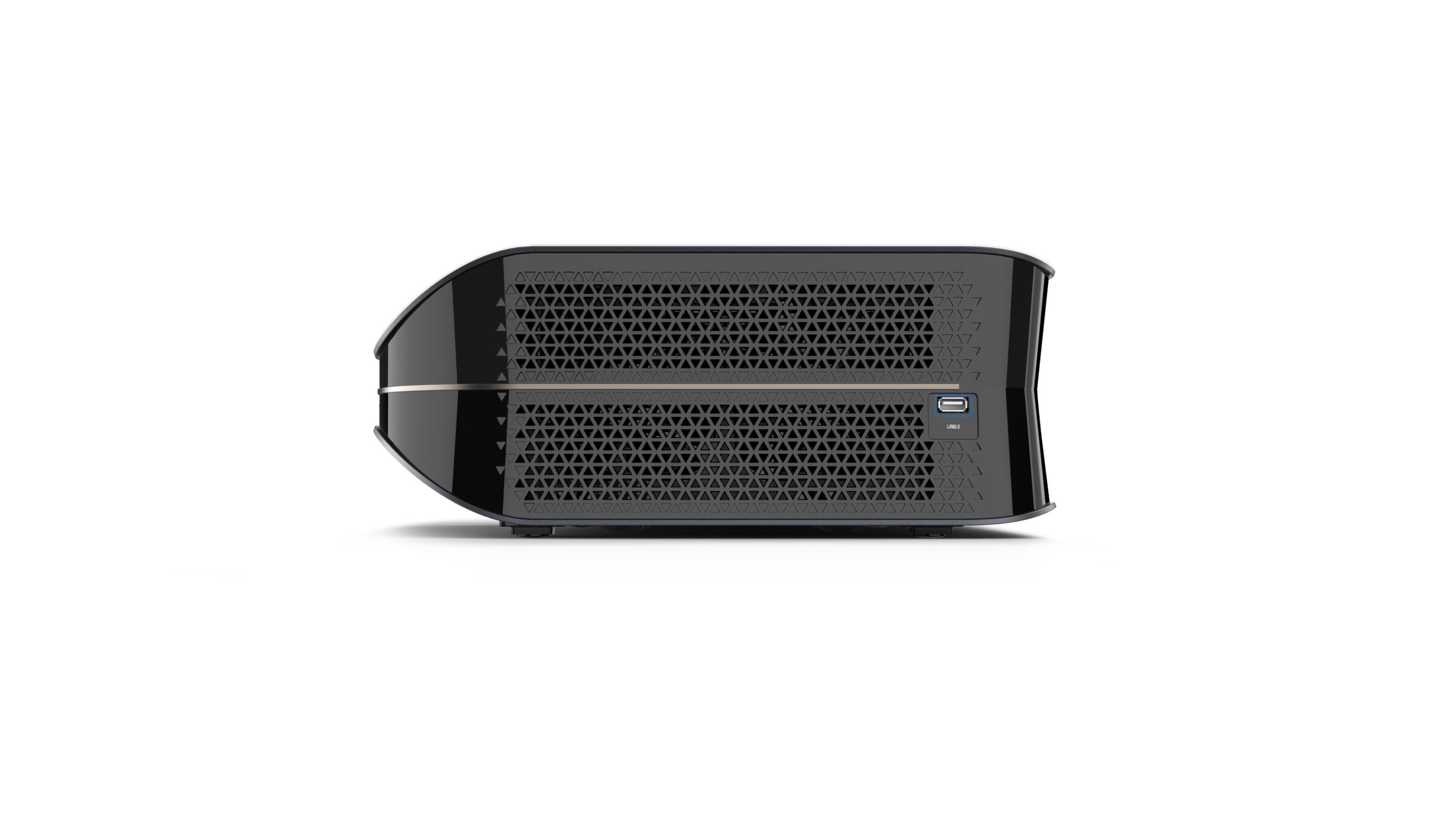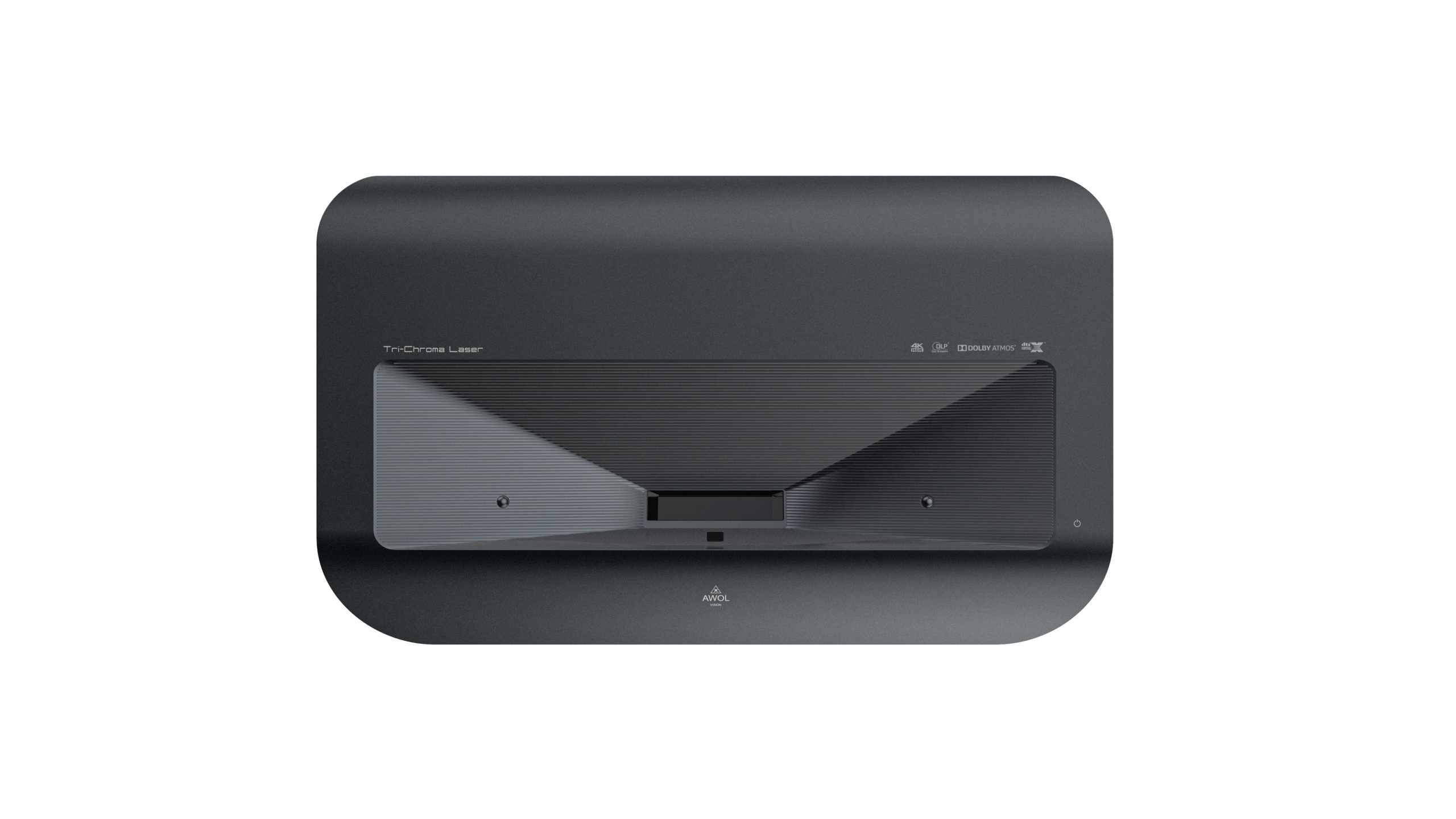AWOL Vision LTV-3000 Pro Projector
AWOL’s LTV-3000 Pro presents remarkable clarity in most lighting conditions day or night. With Triple Laser (without Colour Wheel) Technology, 4K UHD with Dolby Vision, HDR10+, and 3D Available, LTV-3000 Pro presents an unmatched sharp and colourful image. Coupled with exceptional audio immersion technology with Dolby Atmos, LTV-3000 Pro brings you an immersive 3D home theatre experience for the whole day.
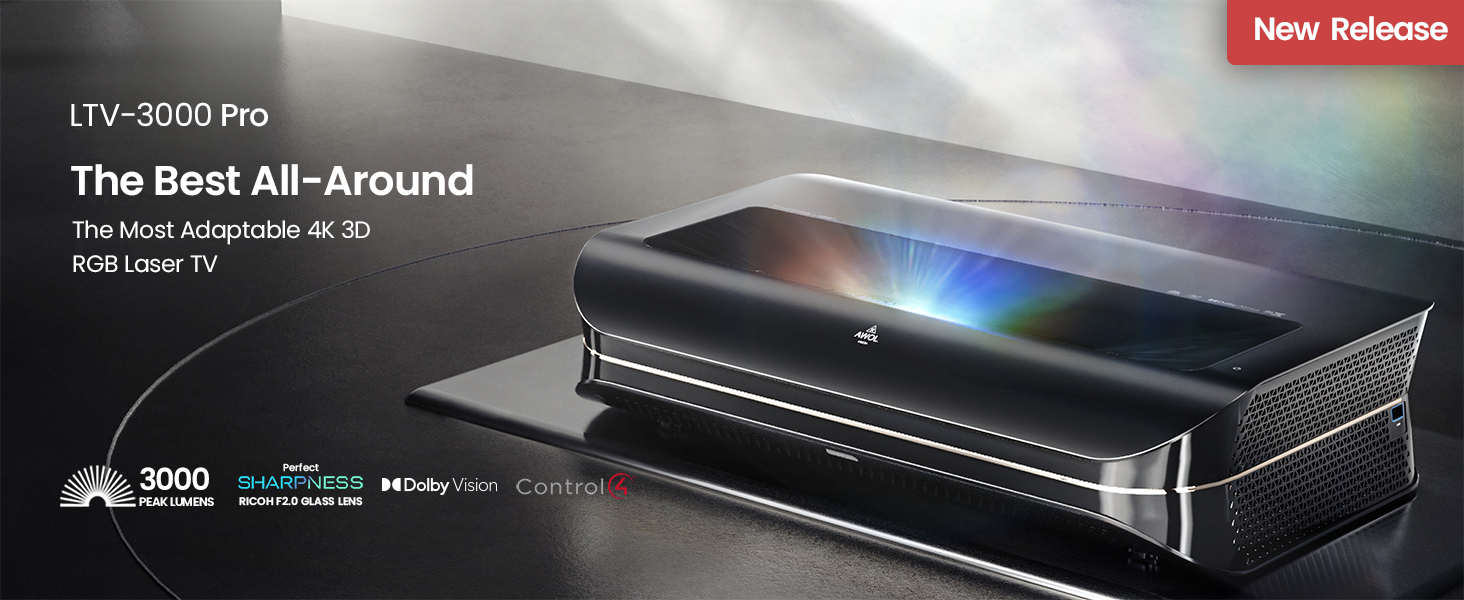
Product Details:
Key Projector tech specifications from manufacturers, including brightness, contrast, colour gamut, input lag, etc., can sometimes be incomplete or misleading.
To help potential customers make their decisions, we will add verified specifications from reliable, independent third-party sources where possible, including https://www.projectorcentral.com/ and https://www.mondoprojos.fr/. When we do so, we will tell you where those data are quoted from.
Image
Contrast
Manufacture Claimed: 2,500:1
Brightness
Manufacture Claimed:
3000 Peak Lumens / 2400 ANSI Lumens
Resolution
4K UHD (3840×2160)*
*with XPR technology
Colour Gamut
Manufacture Claimed: 107% Rec. 2020
Independent Source Verified: Rec.2020 (https://www.projectorcentral.com/)
Throw Ratio
0.25:1
100″ Screen at 25cm
120″ Screen at 35cm
Keystone Adjustment
8 points keystone
MEMC
4K MEMC Supported
3D Support
DLP Link 3D
HDR
HDR10
HDR10+
Dolby Vision
HLG
Colour Accuracy
Manufacture Claimed: N/A
Independent Source Verified: N/A
Input Lag
Manufacture Claimed: N/A
Independent Source Verified: 34.7ms under Game Mode (https://www.projectorcentral.com/)
Refresh Rate
60Hz
Sound
Decoding Support
Dolby Atmos
DTS Virtual X
Built-in Speaker
36W
External Sound System Connectivity
Optical S/PDIF Output
eArc Support
3.5mm Jack
Bluetooth
Operation System and Smart Features
LTV-3500 comes with a Amazon Fire TV stick which allows access to all the popular streaming and live TV apps.
